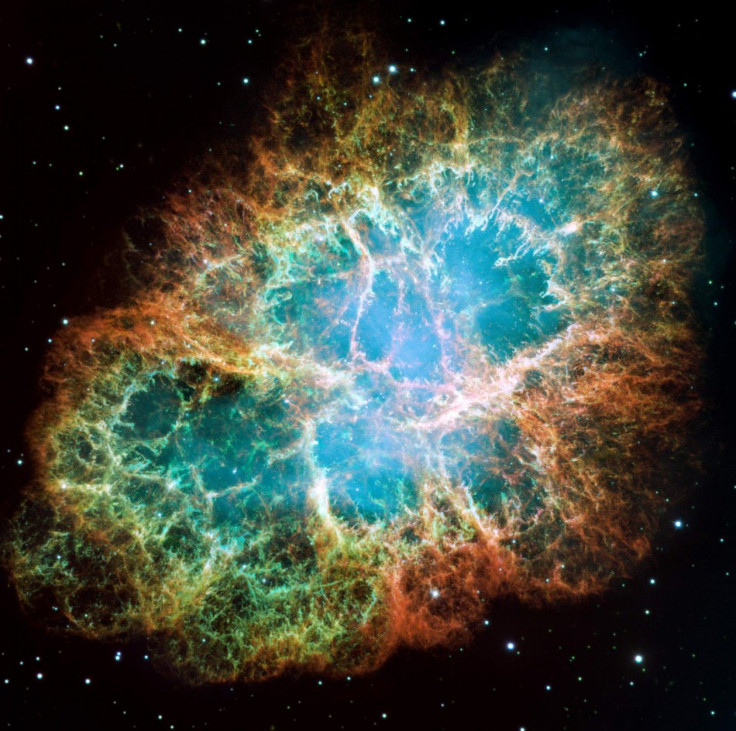Hubble Images Transformed Into Stunning Movies of Stars Forming [VIDEOS]

The Hubble space telescope has long been a reliable source of astonishing images from across the universe, but they have always been static representations of a single moment in the life of a star or a nebula.
Until now.
By chronologically arranging images produced by Hubble, astronomers have been able to construct a sort of film reel illustrating the birth of stars. When a star bursts into existence it blasts jets of luminous gas into space at supersonic speeds, providing a vivid image for astronomers to study.
An international team of scientists led by astronomer Patrick Hartigan of Rice University in Houston compiled images of three stars, taken over a 14 year period, and used computer software to weave them together into short movies that demonstrate how the gas jets' structures eventually yield a star. Astronomers believe that the movies will offer clues about what our sun looked like when it formed some 4.5 billion years ago.
Taken together, our results paint a picture of jets as remarkably diverse objects that undergo highly structured interactions between material within the outflow and between the jet and the surrounding gas, Hartigan said in a NASA statement. This contrasts with the bulk of the existing simulations which depict jets as smooth systems.
Here are some of the incredible movies:
© Copyright IBTimes 2024. All rights reserved.











